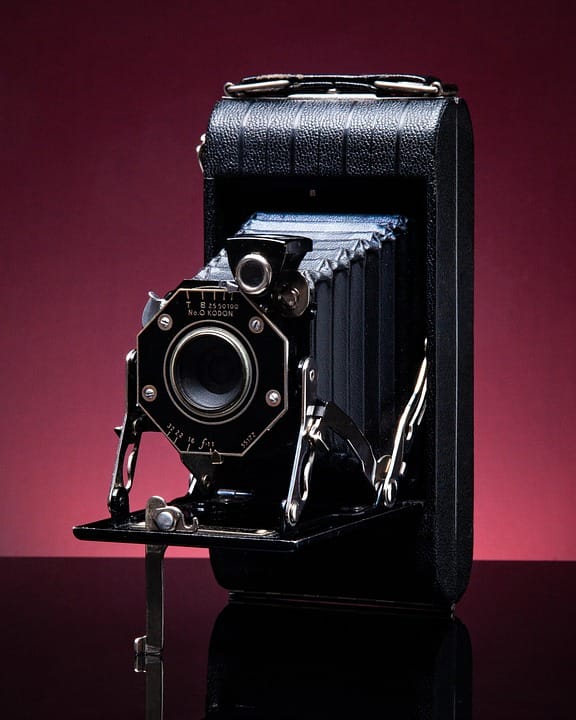The Cutting Truth: A Guide to Choosing and Using Bench Knives for DIY and Woodworking Mastery
The world of DIY and woodworking is all about precision, attention to detail, and a good set of tools. Among these tools, a well-crafted bench knife is an indispensable companion for any DIY or woodworker. With the right bench knife, you can tackle even the most complex projects with ease and precision. But, with so many options available in the market, choosing the right bench knife can be overwhelming. In this guide, we will explore the world of bench knives, discussing the different types, materials, and features to help you make an informed decision.
Understanding the Fundamentals of Bench Knives
What is a Bench Knife?
A bench knife is a multi-purpose knife designed specifically for tasks that require precision, control, and accuracy. It is typically used for tasks such as cutting, trimming, and shaping wood, metals, and other materials. Bench knives are available in various sizes, shapes, and materials, each with its unique characteristics and benefits.
Types of Bench Knives
Fixed Blade vs. Folding Knife
Bench knives can be broadly classified into two categories: fixed blade and folding knife. Fixed blade knives have a single, solid blade attached to the handle, while folding knives have a retractable blade that can be opened and closed with a simple mechanism.
Key Differences
| Feature | Fixed Blade | Folding Knife |
|---|---|---|
| Blade Style | Solid, single piece | Retractable, folding |
| Portability | More portable | More compact, easier to carry |
| Durability | More durable, less prone to damage | More susceptible to damage, requires maintenance |
Material Selection
Blade Materials
When it comes to selecting the right material for your bench knife, you have a range of options, including:
- High-carbon steel for a sharp, durable edge
- Stainless steel for rust resistance and maintenance-free use
- Titanium for a lightweight, corrosion-resistant option
Handle Materials
The handle of your bench knife plays a crucial role in providing comfort, grip, and balance. Popular handle materials include:
- Wood (e.g., walnut, cherry, or birch)
- Synthetic materials (e.g., G10, Micarta, or carbon fiber)
- Metal (e.g., aluminum or titanium)
Additional Features
Ergonomics and Grip
A well-designed grip is essential for comfortable use and precision control. Look for ergonomic handles with contours, textures, or ridges to enhance grip and reduce fatigue.
Sharpness and Edge Retention
The sharpness of your bench knife is crucial for efficient cutting and performance. Look for high-carbon steel or ceramic blades with good edge retention.
Other Features
- Pocket clip for easy carrying
- Lanyard hole for attachment to a strap or cord
- Toolbox for storing small items
- Battery-powered or manual operation for precision control
Best Practices for Using Your Bench Knife
Safety Precautions
- Always cut away from your body.
- Keep loose clothing and long hair tied back to prevent accidents.
- Use a safety cutter or work surface to prevent accidents.
- Keep your workspace clean and organized to avoid distractions.
Tips for Sharpening and Maintenance
- Regularly sharpen your blade using a whetstone or diamond stone.
- Clean your knife after each use to prevent residue buildup.
- Store your knife in a protective case or clip to prevent damage.
Conclusion
A well-crafted bench knife is an invaluable tool for any DIY enthusiast or woodworker. By understanding the different types, materials, and features, you can make an informed decision when choosing the right bench knife for your needs. Remember to prioritize safety, maintenance, and proper usage to ensure years of reliable service from your new bench knife.
Frequently Asked Questions (FAQs)
1. What are the benefits of using a bench knife over other types of knives?
Bench knives offer precision, control, and accuracy, making them ideal for tasks that require finesse and attention to detail.
2. How do I choose the right material for my bench knife?
Consider your personal preferences, lifestyle, and the tasks you’ll be performing. Each material type (steel, titanium, etc.) has its strengths and weaknesses, so research and choose the best fit for you.
3. How do I sharpen and maintain my bench knife?
Regular sharpening and maintenance are essential to keep your knife in top condition. Use a whetstone, diamond stone, or other sharpening tools to maintain a sharp edge.
4. What safety precautions should I follow when using a bench knife?
Always prioritize safety: cut away from your body, keep loose clothing tied back, and use a safety cutter or work surface to prevent accidents.
5. Can I use my bench knife for tasks other than woodworking?
While bench knives are designed specifically for woodworking, they can be used for various tasks, such as cutting, trimming, and shaping other materials, like metal, plastic, or leather.
Conclusion
In conclusion, a bench knife is an essential tool for any DIY enthusiast or woodworker. By understanding the different types, materials, and features, as well as adopting best practices for safety, sharpening, and maintenance, you can unlock the full potential of your bench knife and achieve precision, control, and accuracy in your work.
